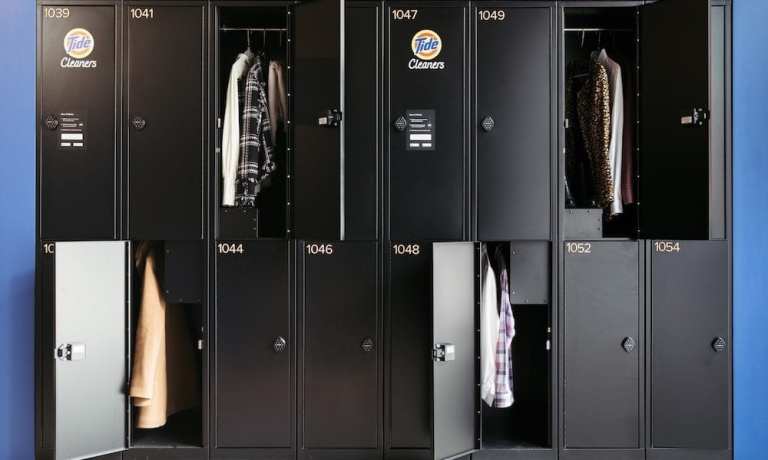
It is hard to oversell the value of a good catchphrase when it comes to capturing consumers. The ability to elicit an immediate memory response with a few words is a nifty trick for the handful of brands that have pulled it off over the years, as it tends to keep consumers reaching for the product that has nestled into their memory.
Tide — the laundry detergent brand offered up by parent firm Procter & Gamble — is one such brand. If one were to approach 10 strangers on the street and prompt them with the phrase “If it’s got to be clean …” more than five would be prompted to finish the phrase “then it’s got t0 be Tide.”
Such is the power of association.
But, as of this week, P&G is looking to change — or at least extend — consumers’ associative relationship with Tide. Tide from now on might refer to the substance that cleans the dirty laundry as it always has, but it also could refer to the service that actually does the cleaning itself.
Earlier this week Tide Cleaners formally launched as a service that lets customers pre-pay for laundry through an app, drop the laundry in lockers or drop boxes sprinkled throughout a variety of public locations, and then pick up the clean clothes once the app notifies them they’re ready.
Tide Cleaners is currently live in Chicago, Washington, D.C., Dallas, Denver, Philadelphia, Cincinnati, Boston and Nashville.
While much news coverage of the formal launch of Tide Cleaners treated this as a wholly new enterprise for P&G, that is not quite accurate. There were at the time of the announcement a few hundred Tide Store and Tide Store affiliate locations up and operational. Many of those locations were picked up through P&G’s 2018 acquisition of on-demand cleaning service Pressbox.
But what P&G announced this week was was an expansion of much greater scale and cohesion; the consumer packaged goods brand plans 2,000 cleaning stores by the end of 2020. The move comes as an increasing number of Americans are outsourcing their chores, with laundry being a favored task to send along to someone else. According to P&G, 26 million American households already outsource their laundry, and it is a market primed for growth.
“For many people, the closest laundry room is 20 floors down or 10 blocks down the street,” said Sundar Raman, vice president of P&G’s North American fabric care business, in an online statement. “Our goal with Tide Cleaners is to help people’s increasingly busy lives revolve more around what matters, and less around their laundry.”
For consumers, handing off the laundry can cost between $1.24 a pound and $1.59 per pound, depending on whether they sign on for a membership or use the service a la carte. Consumers get the convenience of not doing their own laundry — and Tide gets to own the relationship with the customer and accrue all kinds of data on their needs and habits. Customers also develop deeper loyalties to the Tide product.
Tide, however, faces challenges as well as it enters this line. It is not first to the idea, and there are startups like Rinse that offer up similar services and claim to do laundry better than anyone in the business. Rinse has already raised $23 million from investors and brings a cohort of loyal consumers who swear by it. And while Rinse is the best known, it is far from alone — 2ULaundry and SudShare are two of the dozens of small laundry-as-a-service startups out there.
The Tide service does notably undercut them on pricing — an advantage — but the firm still needs to out-clean, out-recruit and out-compete incumbents that have been delivering this service for years. And Tide, with its new subscription model, now faces the difficulty all subscription services face: overcoming the high levels of customer churn that are inherently part of the experience.
But Tide is confident, according to Raman — and believes its long years in the laundry business provide a solid base as it moves into the digital era of laundry. Laundry is, after all, one of the more hated household tasks out there. If Tide can take it away from consumers — and leverage the new direct relationship with consumers to develop new products and create new ties? It might just have the right entry point for digitizing something as analog as detergent.